
Spanish is a language spoken by millions of people worldwide. It is the second most spoken language in the world, after Mandarin Chinese. Spanish is the official language of Spain and many Latin American countries, such as Mexico, Argentina, and Colombia. Spanish is also a popular second language for many people, especially in the United States.
What Is An Abbreviation?

An abbreviation is a shortened form of a word or phrase. Abbreviations are commonly used to save time and space in written and spoken language. Abbreviations can be formed from the first letter of each word in a phrase, or by using a combination of letters from each word in a phrase.
Common Abbreviations For The Word Spanish
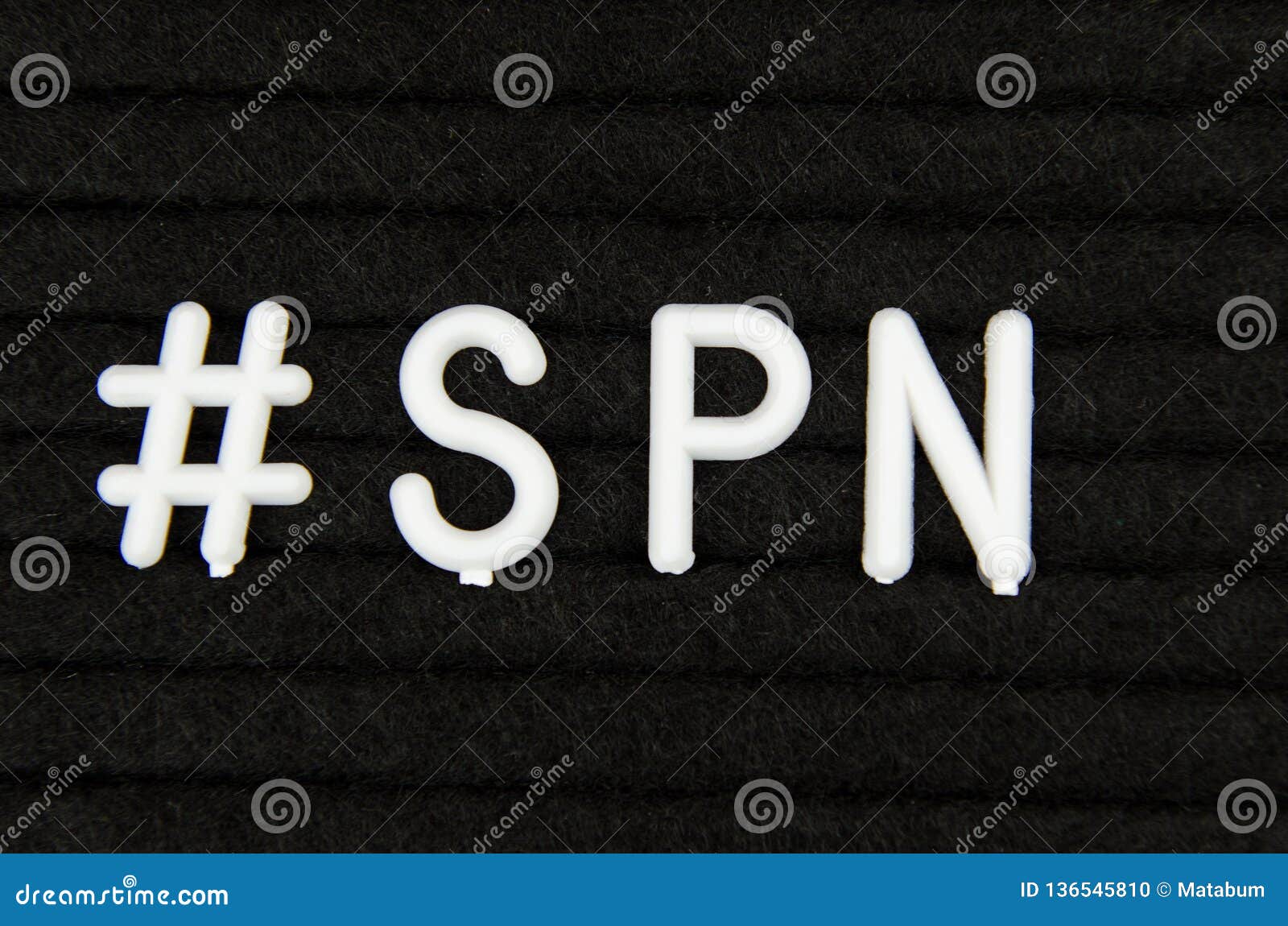
There are several common abbreviations for the word Spanish. These abbreviations are often used in written and spoken language to save time and space. Here are some of the most common abbreviations for the word Spanish:
- Sp. - This is the most common abbreviation for the word Spanish. It is often used in written language, such as in textbooks and academic papers.
- Span. - This is another common abbreviation for the word Spanish. It is often used in written language, such as in newspaper articles and magazine features.
- Esp. - This abbreviation is used in Spanish-speaking countries to refer to the Spanish language. It is often used in official government documents and communications.
- Cast. - This abbreviation is used to refer to the Castilian language, which is the official language of Spain. It is often used in academic and historical texts.
Why Use Abbreviations For The Word Spanish?
Using abbreviations for the word Spanish can save time and space in written and spoken language. Abbreviations are often used in academic writing, such as research papers and dissertations, to save space and make the text easier to read. Abbreviations are also commonly used in business and government communications, where time is of the essence and efficiency is key.
How To Use Abbreviations For The Word Spanish
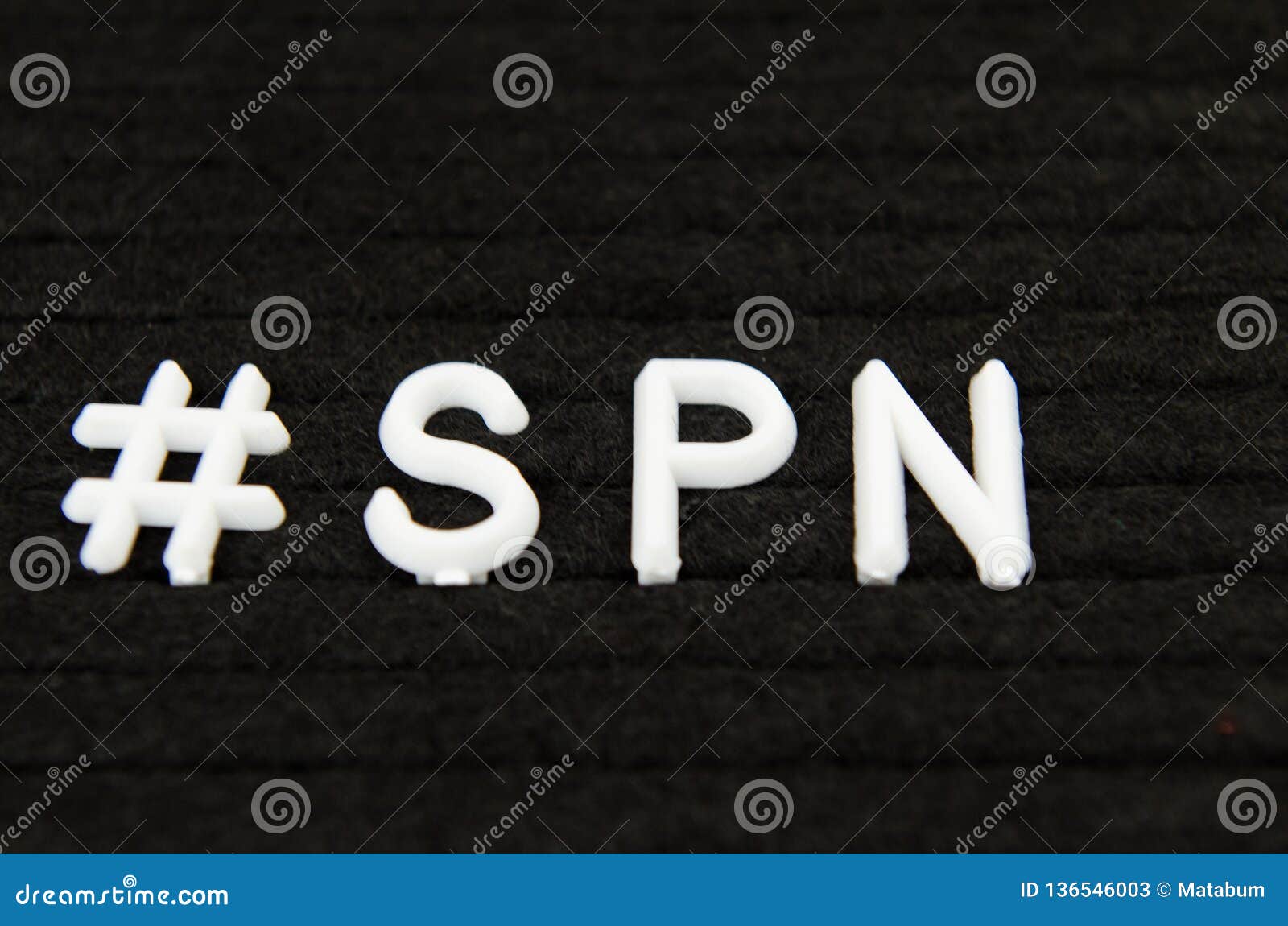
When using abbreviations for the word Spanish, it is important to use them correctly and consistently. Here are some tips for using abbreviations for the word Spanish:
- Use the appropriate abbreviation for the context. For example, use "Sp." in academic writing and "Esp." in official government documents.
- Define the abbreviation the first time it is used in a text. For example, "The Spanish language (Sp.) is spoken by millions of people worldwide."
- Use the abbreviation consistently throughout the text. For example, if you use "Sp." in the first paragraph, continue to use it throughout the text instead of switching to "Span." or "Esp."
- Avoid using too many abbreviations in a text. This can make the text difficult to read and understand for readers who are not familiar with the abbreviations.
Conclusion
Abbreviations for the word Spanish can save time and space in written and spoken language. Common abbreviations for the word Spanish include "Sp.," "Span.," "Esp.," and "Cast." When using abbreviations for the word Spanish, it is important to use them correctly and consistently, and to avoid using too many abbreviations in a text.
Related video of Abbreviation For The Word Spanish

There are many different blood types, but two of the most common are A+ and A. While these two blood types may seem similar, there are some key differences between them that are important to understand. In this article, we’ll explore the similarities and differences between A+ and A blood types, and what you need to know about them.
What is A+ blood type?
A+ is a blood type that is characterized by the presence of the A antigen and the Rh factor. This means that people with A+ blood have A antigens on the surface of their red blood cells, as well as the Rh factor, which is a protein that is either present or absent in a person’s blood. A+ blood is one of the most common blood types, and it is found in approximately 34% of the population.
What is A blood type?
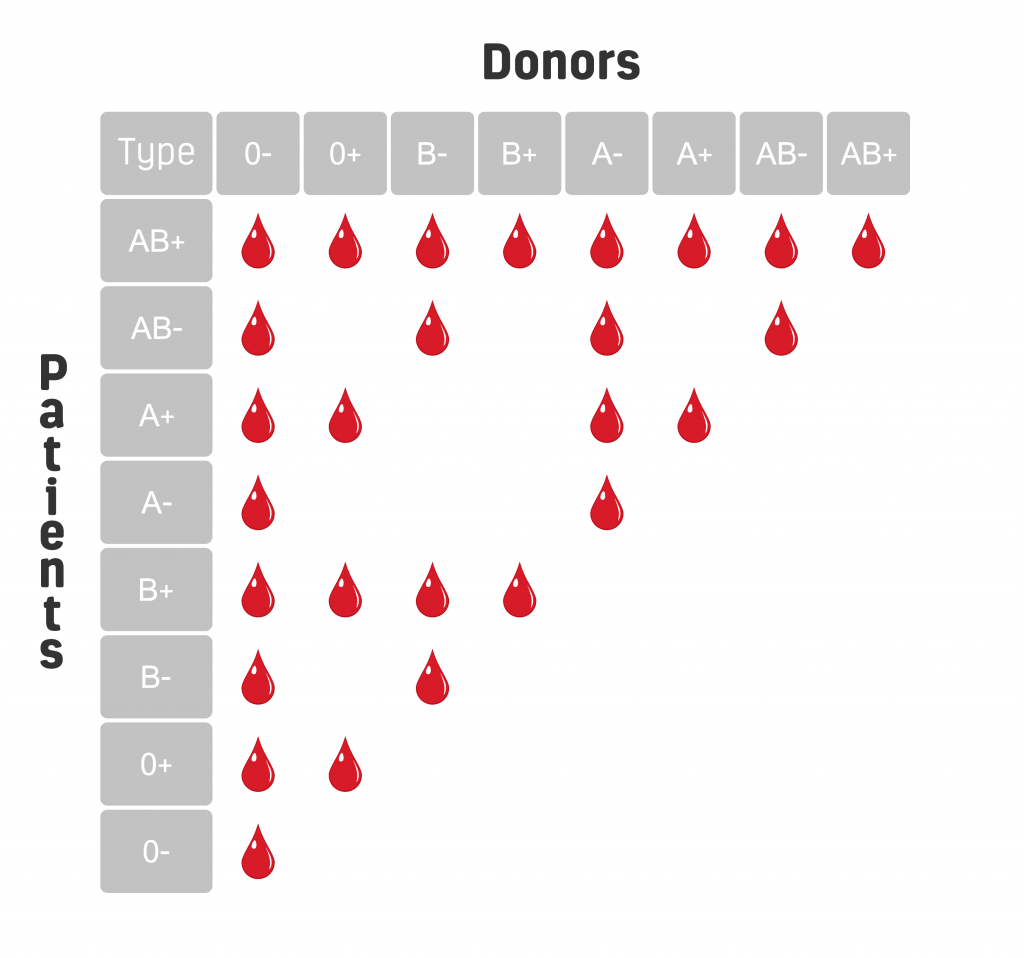
A blood type is also characterized by the presence of the A antigen on the surface of red blood cells. However, unlike A+ blood, A blood does not have the Rh factor. A blood is the second most common blood type, and it is found in approximately 28% of the population.
Similarities between A+ and A blood types
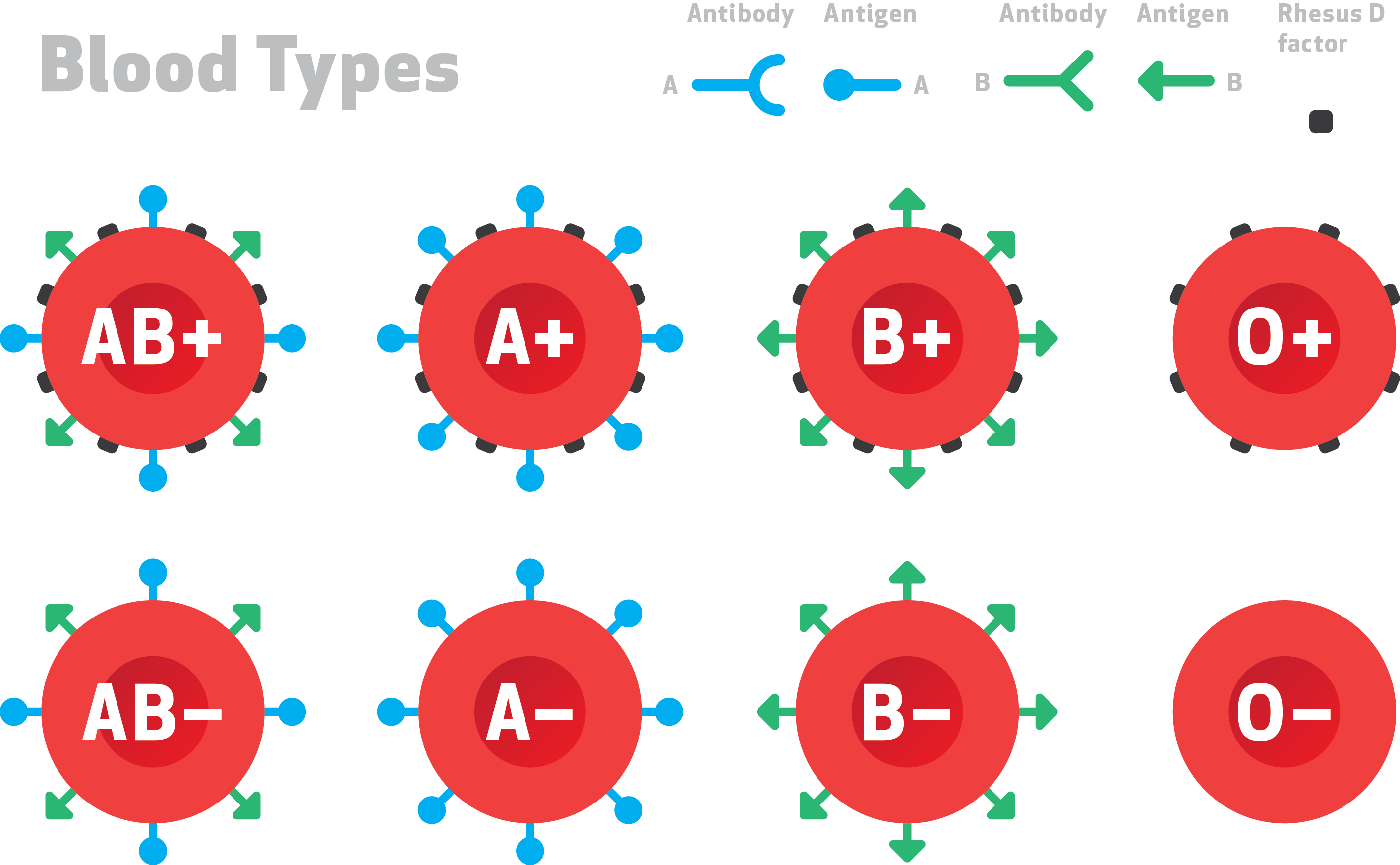
Despite their differences, A+ and A blood types share many similarities. Both blood types have the A antigen on the surface of their red blood cells, which means that they are both susceptible to infections from certain viruses and bacteria. Additionally, both blood types can be safely transfused to people with AB blood type.
Differences between A+ and A blood types

One of the main differences between A+ and A blood types is the presence of the Rh factor. A+ blood has the Rh factor, while A blood does not. This means that people with A+ blood can receive transfusions of A+ or O+ blood, while people with A blood can receive transfusions of A or O blood.
Another difference between A+ and A blood types is their susceptibility to certain diseases. People with A+ blood are at a slightly higher risk of developing coronary heart disease, while people with A blood are at a slightly higher risk of developing certain types of cancer, such as pancreatic cancer.
Conclusion
While A+ and A blood types share many similarities, there are also some key differences between them that are important to understand. If you are unsure of your blood type, talk to your healthcare provider about getting tested. Knowing your blood type can help you make informed decisions about your health and wellbeing.
Related video of A+ Vs A Blood Type

Introduction
"'Twas the night before Christmas, when all through the house not a creature was stirring, not even a mouse." These iconic words have been read and recited countless times, becoming a beloved Christmas tradition. But who wrote this timeless poem? The answer is Clement Clarke Moore, the writer of "A Visit From St. Nicholas."
Early Life
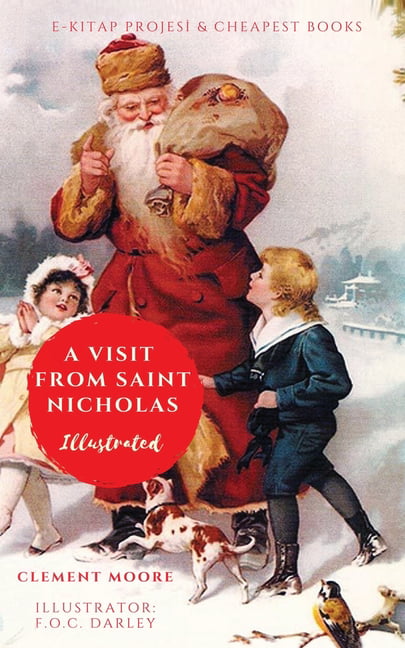
Clement Clarke Moore was born on July 15, 1779, in New York City. He was the son of Bishop Benjamin Moore, who was the president of Columbia College, and Charity Clarke Moore. His family was wealthy and influential, and he grew up in a house that was located where the Chelsea neighborhood of Manhattan is today.
Moore attended Columbia College, where he studied classics and literature. He graduated in 1798 and went on to study law at the Litchfield Law School in Connecticut, where he was a classmate of future Vice President Aaron Burr.
Writing Career

Moore began his writing career as a poet and published his first volume of poetry, "Poems," in 1804. He also wrote essays and sermons, and he was a professor of Oriental and Greek literature at General Theological Seminary in New York City.
"A Visit From St. Nicholas" was first published anonymously in the Troy Sentinel newspaper in 1823. It quickly became popular and was reprinted in many newspapers and magazines. It was not until 1844 that Moore acknowledged that he was the author of the poem.
The Poem

"A Visit From St. Nicholas" is a poem that tells the story of a visit from Santa Claus on Christmas Eve. It is also known as "The Night Before Christmas." The poem is written in rhyming couplets and is filled with vivid imagery that captures the magic of Christmas.
The poem has been adapted and reimagined in many different ways over the years. It has been turned into plays, movies, and picture books. It has been translated into many different languages and has become a beloved Christmas tradition around the world.
Legacy

Clement Clarke Moore's legacy lives on through his writing, especially "A Visit From St. Nicholas." The poem has become a beloved Christmas tradition and has brought joy to people of all ages for generations.
Moore died on July 10, 1863, at the age of 83. He is buried in the Trinity Church Cemetery in Manhattan.
Conclusion
Clement Clarke Moore was a talented writer who left a lasting legacy through his poetry and writing. His most famous work, "A Visit From St. Nicholas," has become a beloved Christmas tradition that captures the magic and wonder of the holiday season.
Related video of A Visit From St. Nicholas Writer

Introduction
When it comes to legendary bands, The Beatles are undoubtedly on the top of the list. The band's influence on music has been immense, and their songs have been loved by generations. One such song that has stood the test of time is "Yesterday." The song was written by Paul McCartney, and it was released in 1965. In this article, we will explore the story behind the song and why it has become such an iconic track.
The Inspiration Behind The Song
The story behind "Yesterday" is quite interesting. According to McCartney, the melody for the song came to him in a dream. He woke up and quickly went to his piano to play the tune, worried that he might forget it. However, he initially struggled to come up with lyrics for the song. He would play the melody for people, asking them if they had heard it before, but no one had. Eventually, he came up with the lyrics and the rest is history.
The Recording Process
:max_bytes(150000):strip_icc()/beatles-yesterday-5772bd1c3df78cb62c9f5d7e.jpg)
When it came time to record "Yesterday," the band decided to do something different. McCartney played the song solo, with just an acoustic guitar and no other instruments. This was a departure from the band's usual sound, which typically included multiple instruments and harmonies. The simplicity of the recording allowed the song's beauty to shine through, and it has been hailed as one of the most beautiful songs ever recorded.
The Impact of "Yesterday"
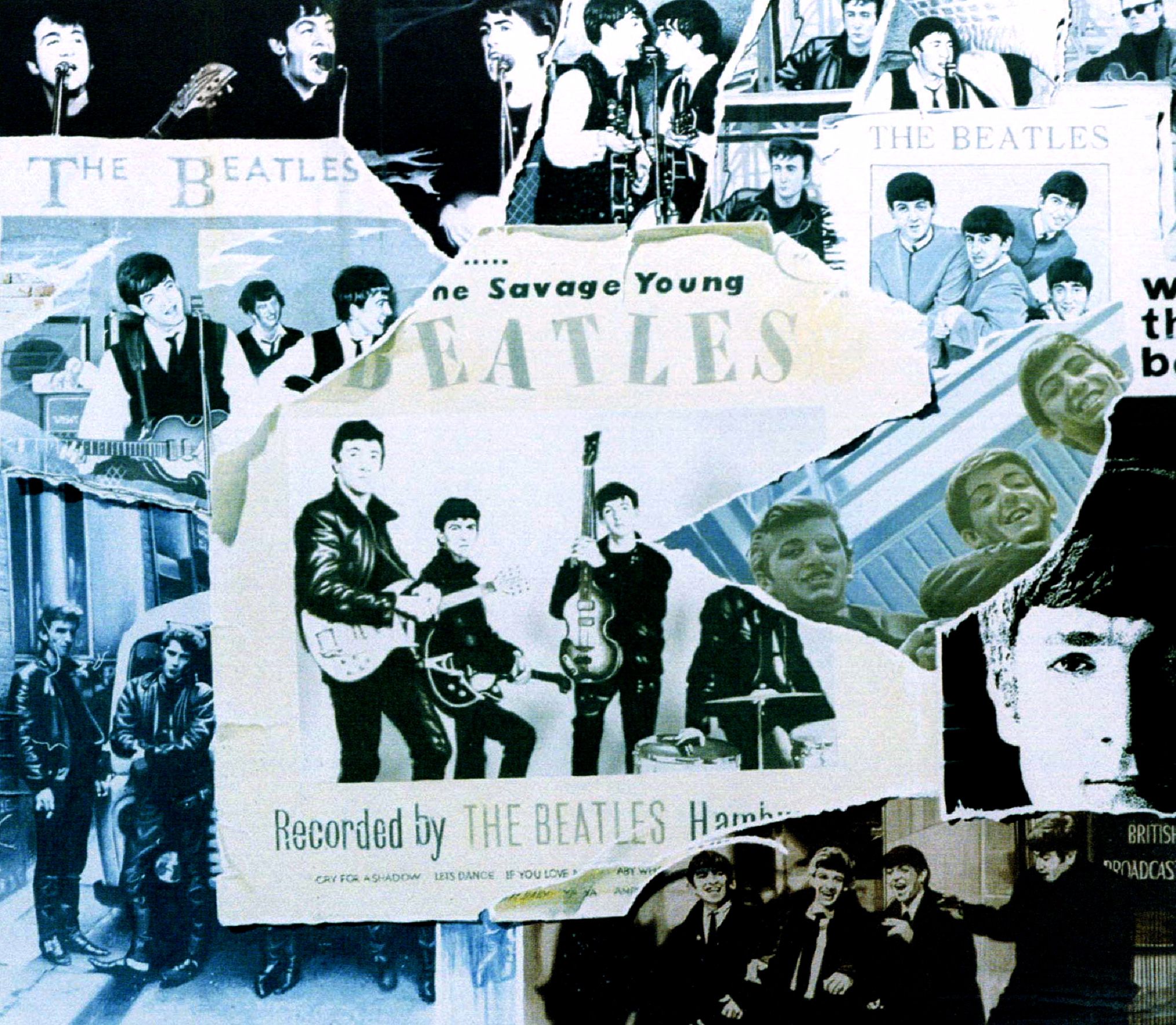
"Yesterday" has had a massive impact on music and popular culture. The song has been covered by countless artists, including Elvis Presley, Frank Sinatra, and Ray Charles. It has also been used in movies, TV shows, and commercials. The song's timeless quality has made it a favorite among fans of all ages, and it continues to be a beloved track to this day.
The Meaning Behind The Lyrics

The lyrics to "Yesterday" are simple yet profound. The song is about lost love and the pain that comes with it. McCartney's vocals are haunting, and the melody is beautiful, making it easy to understand why the song has resonated with so many people over the years. The song's message is universal, and it speaks to anyone who has ever experienced heartbreak.
The Legacy of "Yesterday"

"Yesterday" is just one of the many iconic songs that The Beatles created during their career. The band's influence on music cannot be overstated, and their songs continue to be loved by people around the world. "Yesterday" has become a cultural touchstone, and it will continue to be celebrated for generations to come.
In Conclusion
"Yesterday" is a song that has stood the test of time. Its beauty and simplicity have made it a beloved track for generations of music lovers. The story behind the song's creation is fascinating, and the impact that it has had on popular culture is undeniable. It is a testament to the talent of The Beatles and their ability to create music that has touched the hearts of people around the world.
Related video of A Song By The Beatles: Yesterday

Introduction
"A penny for your thoughts" is a common expression used to ask someone what they are thinking about. It is a way of saying that you are interested in their thoughts and would like to hear more about them. The phrase has been around for centuries and is still used today. But where did it come from? Let's explore the origins of this popular expression and its meaning in modern times.
Origin of the Phrase

The exact origin of the phrase is unknown, but it is believed to have originated in the 16th century. At that time, a penny was a significant amount of money and people would often offer it as a reward for someone's thoughts or ideas. The phrase became popular and has been used ever since.
Meaning in Modern Times

Today, the phrase "a penny for your thoughts" is used to show interest in someone's thoughts or ideas. It is often used when someone seems lost in thought or is quiet. The phrase can be used in a serious or lighthearted manner, depending on the situation.
Alternative Phrases
There are many alternative phrases that can be used instead of "a penny for your thoughts." Some of these include "what's on your mind?" or "what are you thinking about?" These phrases have the same meaning as "a penny for your thoughts" and can be used interchangeably.
Usage in Literature
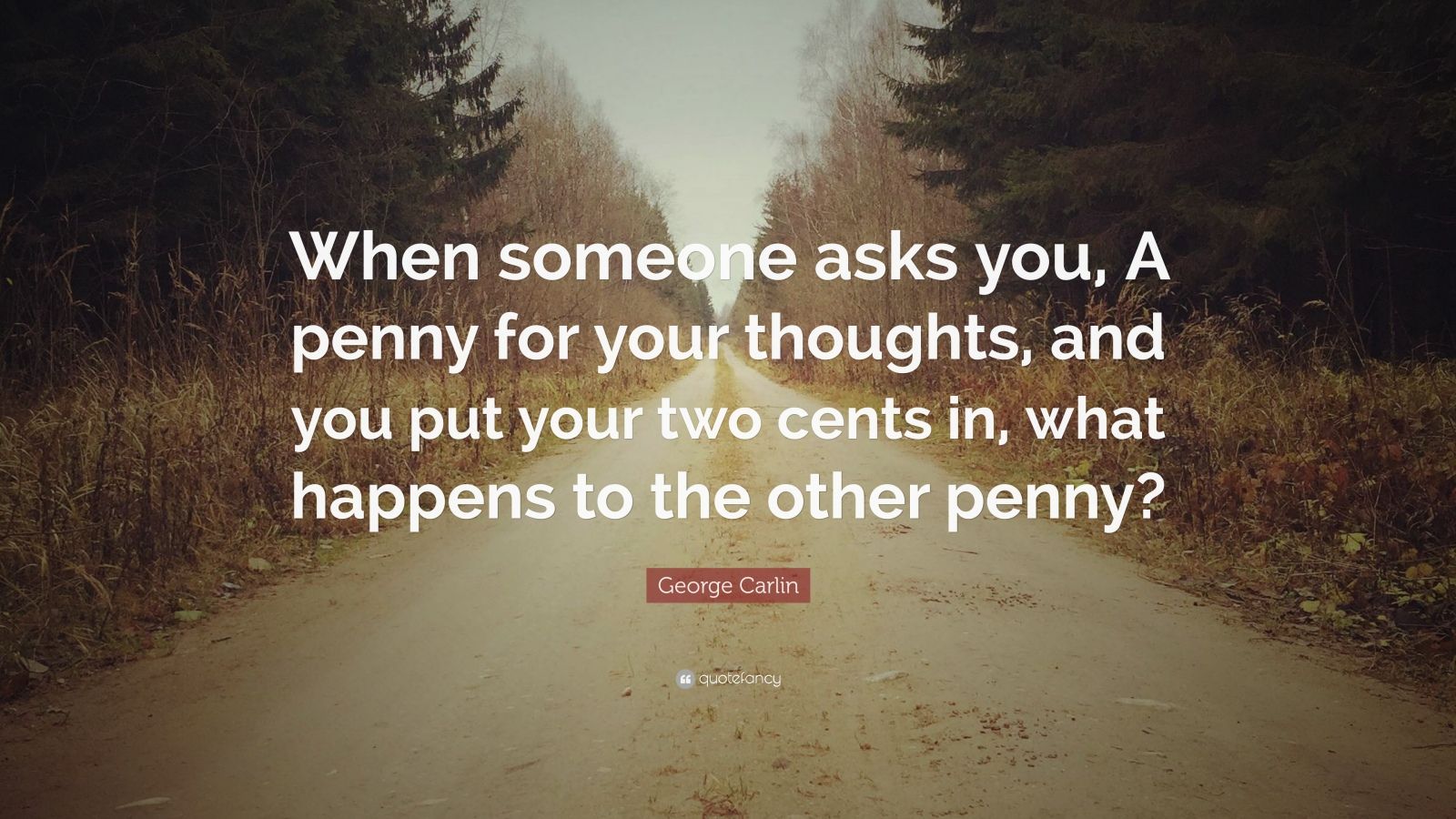
The phrase "a penny for your thoughts" has been used in literature for centuries. It has appeared in works by famous authors such as William Shakespeare and Charles Dickens. In these works, the phrase is often used to show a character's curiosity or interest in another character's thoughts.
Popular Culture References

The phrase "a penny for your thoughts" has also been referenced in popular culture. It has appeared in movies, TV shows, and songs. One of the most famous references is in the Beatles song "A Hard Day's Night," where the lyrics say "it's been a hard day's night, and I've been working like a dog. It's been a hard day's night, I should be sleeping like a log. But when I get home to you, I find the things that you do will make me feel alright. You know I feel alright. You know I feel alright. You know I feel alright. A penny for your thoughts."
Conclusion

"A penny for your thoughts" is a timeless expression that has been around for centuries. It is a way of showing interest in someone's thoughts and ideas. The phrase has appeared in literature and popular culture and is still used today. Whether used seriously or lightheartedly, "a penny for your thoughts" is a great way to start a conversation and get to know someone better.
Related video of A Penny For Your Thoughts
Introduction
A Knight's Tale is a 2001 American film directed by Brian Helgeland. The film tells the story of William Thatcher, a peasant who poses as a knight and competes in tournaments. The cast of the movie features several notable actors who brought their characters to life.
Heath Ledger as William Thatcher

Heath Ledger plays the lead role of William Thatcher, a peasant who poses as a knight. Ledger's portrayal of William Thatcher is one of his most memorable performances, and his charisma and charm made the character come to life.
Mark Addy as Roland

Mark Addy plays the role of Roland, William's friend and fellow squire. Addy brings a lot of humor and heart to the role and is a perfect complement to Ledger's performance.
Rufus Sewell as Count Adhemar

Rufus Sewell plays the role of Count Adhemar, the villain of the movie. Sewell's performance as Adhemar is outstanding, and he brings a sense of menace and danger to the character.
Paul Bettany as Geoffrey Chaucer

Paul Bettany plays the role of Geoffrey Chaucer, William's friend and writer. Bettany's performance is hilarious and memorable, and he steals almost every scene he's in.
Laura Fraser as Kate

Laura Fraser plays the role of Kate, William's love interest. Fraser's performance is understated but effective, and she brings a sense of warmth and vulnerability to the character.
Alan Tudyk as Wat

Alan Tudyk plays the role of Wat, William's other friend and fellow squire. Tudyk's performance is hilarious and over-the-top, and he provides a lot of comic relief throughout the movie.
Bertrand and Simon as Scott Handy and James Purefoy

Scott Handy and James Purefoy play the roles of Bertrand and Simon, respectively, two of William's opponents in the tournaments. Handy and Purefoy both give strong performances and bring a lot of personality to their characters.
Shannyn Sossamon as Jocelyn

Shannyn Sossamon plays the role of Jocelyn, a noblewoman who catches William's eye. Sossamon's performance is elegant and restrained, and she brings a sense of grace and dignity to the character.
Brian Helgeland as the Black Prince

Brian Helgeland, the director of the movie, also makes a brief cameo as the Black Prince. Helgeland's performance is brief but effective, and he adds a sense of gravitas to his scene.
Conclusion
The cast of A Knight's Tale is one of the strongest aspects of the movie. Each actor brings their character to life with humor, heart, and charisma, making the movie a joy to watch. Whether you're a fan of medieval stories or just looking for a fun and entertaining movie, A Knight's Tale is definitely worth checking out.
Related video of A Knight's Tale Cast
Learning English can be a daunting task, especially for those who are not native speakers. However, with the right resources and approach, learning English can be enjoyable and rewarding. One of the best ways to learn English is by immersing yourself in the language and culture. One way to do this is by having a cup of English.
What is a Cup of English?

A Cup of English is a metaphorical phrase that refers to immersing oneself in the English language and culture. It means surrounding yourself with English-speaking people, reading English books, watching English movies, and listening to English music. By doing so, you can improve your English skills in a fun and engaging way.
Why is it Important to Learn English?

English is the most widely spoken language in the world. It is the official language of over 50 countries and is spoken by more than 1.5 billion people worldwide. Learning English can open up new opportunities for you, both personally and professionally. It can help you communicate with people from different cultures and countries, and it can also improve your chances of getting a better job.
How Can You Learn English?

There are many ways to learn English. You can take English classes at a language school, hire a private tutor, or use online resources. However, the best way to learn English is by immersing yourself in the language and culture. Here are some tips:
1. Surround Yourself with English-Speaking People

Try to make friends with English-speaking people. You can join English clubs, attend language exchange events, or participate in online communities. By doing so, you can practice your English skills and learn from native speakers.
2. Read English Books

Reading English books can help you improve your vocabulary and grammar. Start with simple books and gradually increase the difficulty level. You can also read English news articles, blogs, and magazines.
3. Watch English Movies

Watching English movies can help you improve your listening and comprehension skills. Start with English subtitles and gradually remove them as your skills improve. You can also watch English TV shows and documentaries.
4. Listen to English Music

Listening to English music can help you improve your pronunciation and speaking skills. Sing along to your favorite songs and try to mimic the accent of the singer.
The Benefits of Learning English

Learning English can have many benefits, both personally and professionally. Here are some of them:
1. Better Job Opportunities

English is the language of international business. By learning English, you can improve your chances of getting a better job, especially in multinational companies.
2. Improved Communication Skills

Learning English can help you communicate with people from different countries and cultures. It can also improve your confidence in speaking and writing.
3. Personal Growth

Learning English can broaden your horizons and expose you to different perspectives and ideas. It can also help you understand and appreciate different cultures.
Conclusion
A Cup of English is a fun and engaging way to learn English. By immersing yourself in the language and culture, you can improve your English skills and open up new opportunities for yourself. Remember to surround yourself with English-speaking people, read English books, watch English movies, and listen to English music. The benefits of learning English are numerous, both personally and professionally.